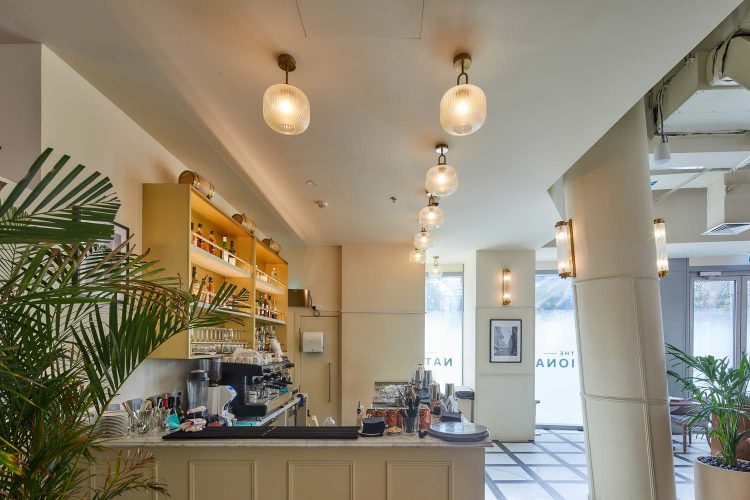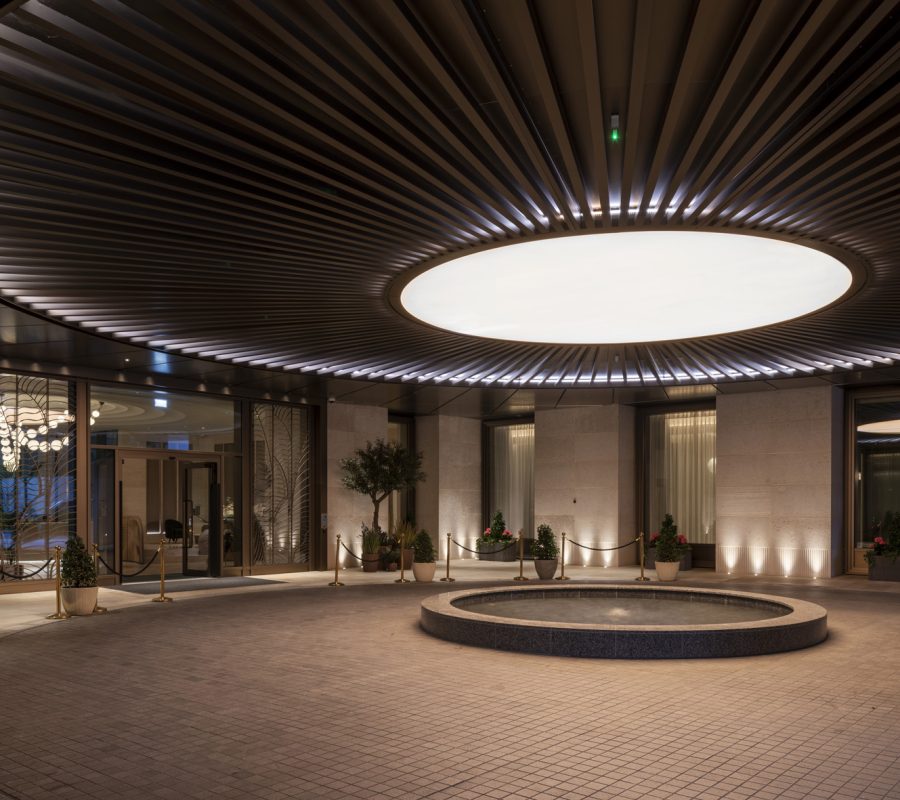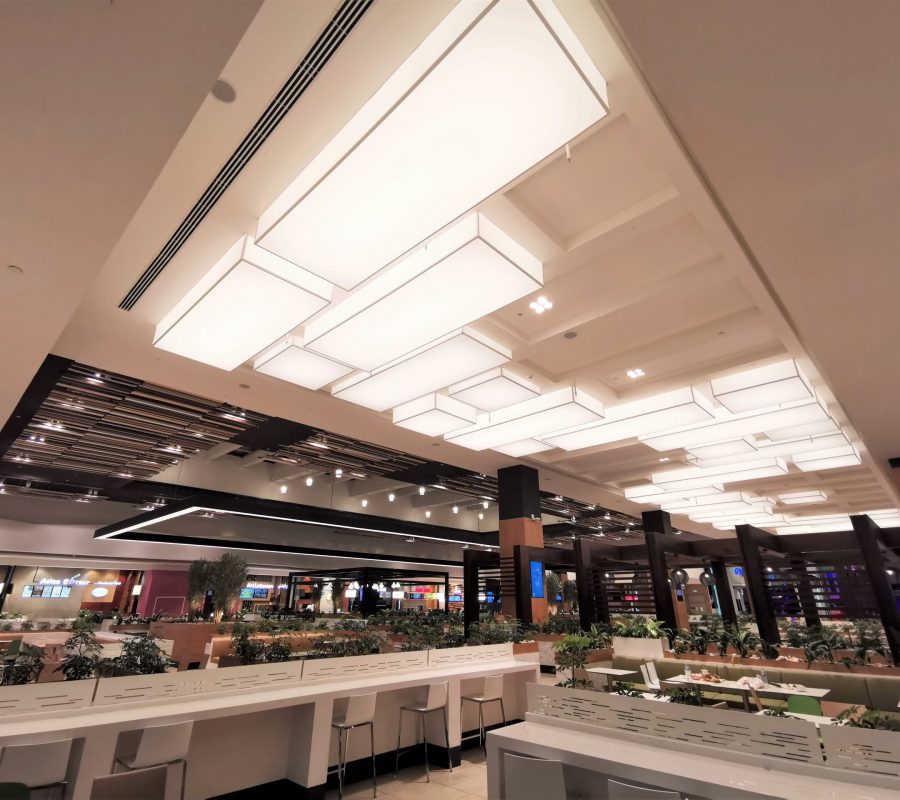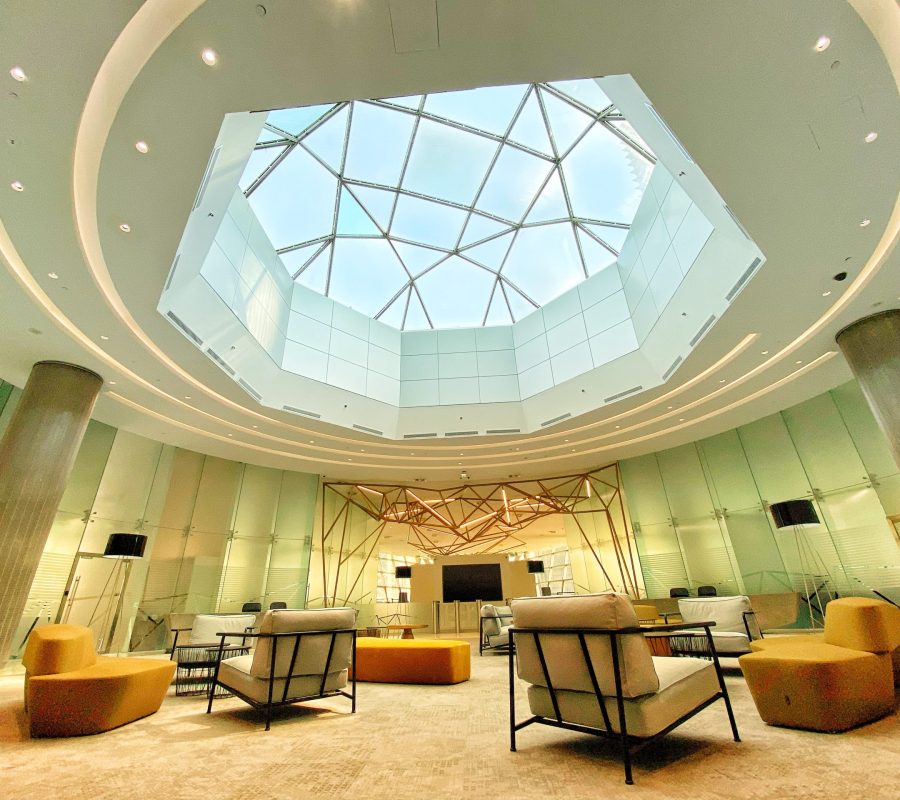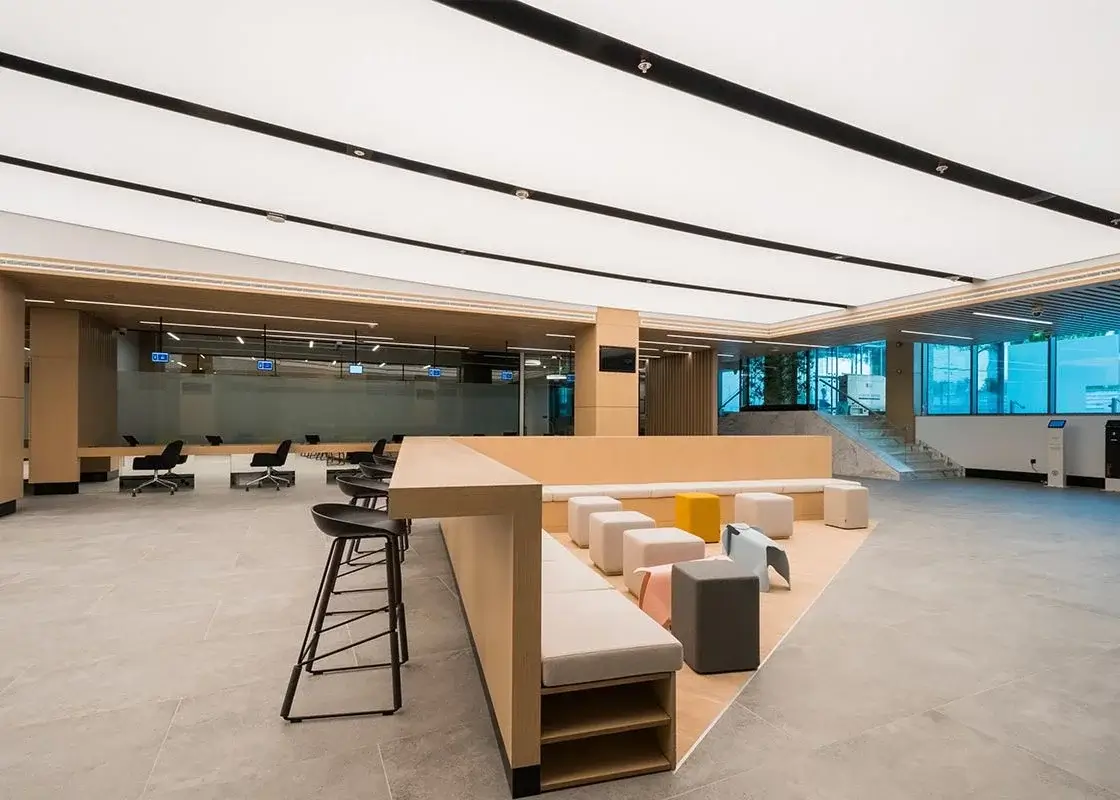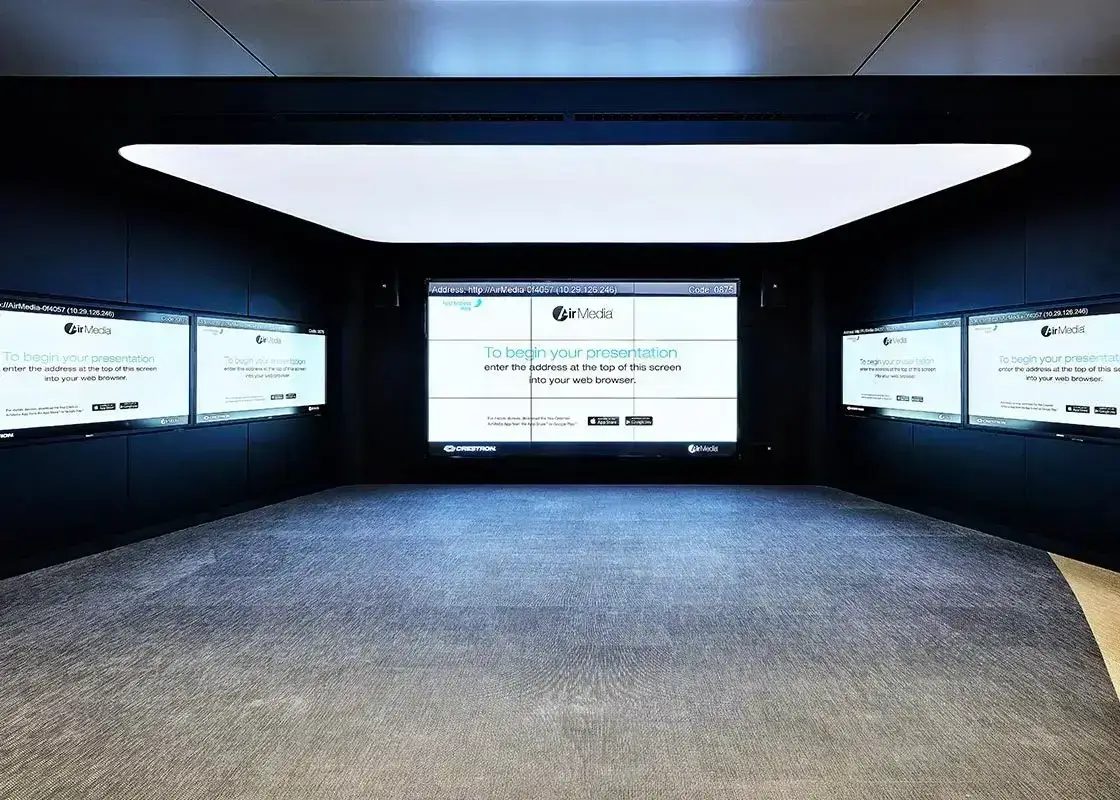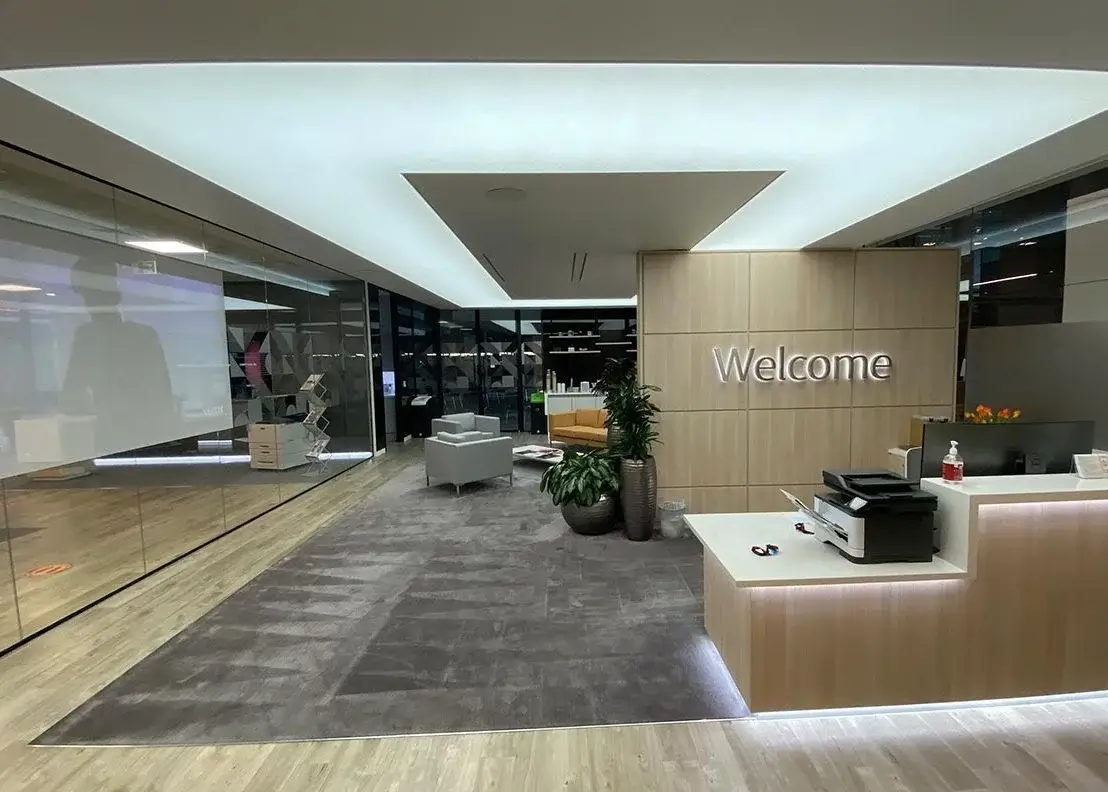Mental health and lighting
Lighting plays a crucial role in our overall happiness and mental health. The way we light our homes and workplaces can have a significant impact on our moods, energy levels, and overall well-being.
One of the most important factors to consider when it comes to lighting and mental health is the intensity and colour of the light. Bright, white light, which is like natural daylight, is best for promoting alertness and energy. This type of light can be helpful during the day when you need to focus and be productive. On the other hand, warm, yellow light is better for promoting relaxation and a sense of calm. This type of light can be helpful in the evening when it’s time to unwind and relax.
Another important factor to consider is the duration of exposure to light. Our bodies are programmed to respond to light in a natural cycle, known as the circadian rhythm. This cycle is closely tied to the body’s production of the hormone melatonin, which helps regulate our sleep-wake cycle. Exposure to bright light during the day can help to regulate our circadian rhythm, making it easier to fall asleep and stay asleep at night.
Poorly managed lighting can have an impact on our emotional well-being. Research has shown that people who are exposed to natural light during the day have a lower risk of developing seasonal affective disorder (SAD), a type of depression that is triggered by the shorter days of winter. Similarly, exposure to light that mirrors natural light cycles can lower risk of developing depression and anxiety disorders.

In conclusion, lighting plays a crucial role in our overall happiness and mental health. By carefully designing the intensity, colour, and controls of light, we can create lighting environments that promote better physical and mental health.
